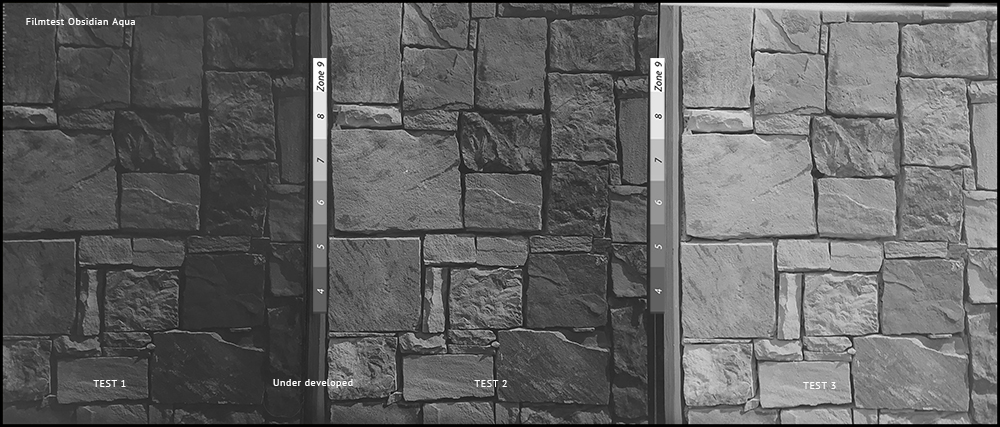
In my previous article, Obsidian Aqua first mix, I described how I mixed 200ml Part A at 1/2 strength and created what I now will refer to as OA/2-A. For my film test I needed a part B and I still have plenty of part B from Pyrocat HD mixes which are 750g/liter of Potassium Carbonate, I will refer to this as HD-B. The OA Part B calls for only 666 g/liter of Potassium Carbonate so I calculated how much less stock B I needed.
For the test shots I used a stone fireplace wall in my back yard which has a range of earthy tones from off-white sand to tan/grey to dark brown. At 1:30 PM on a sunny day I was surprised when I metered, that the dark tones were only 3 stops darker than the lightest sand tones, but that gave me a good range to set at zones 5-9. EV range was 12 (zone V) to 15.1 (zone IX). Film FP4+ 4×5 EI 100. So sunny 16 rule would suggest f/16 @ 1/100 but I put the darkest tones on zone V so the meter was reading f22 for 1/8second. Now to complicate things I was shooting only 3-4feet away from the subject so bellows factor comes into play. I used the expodisc and it suggested add 3/10 stop. Then I looked at my shutter actual speed and saw that 1/8 would really give me about a speed nearer 1/5sec. So the shutter is overexposing already, but I need some of that, so I bumped the aperture to about 22.5. I took 4 identical shots.
The OA normal dilution method would be 1mlA per 500ml part B (1/2 6.66g/liter) or use Pyrocat HD part B at 4.4ml per 500mlWater (adjusted for the difference 666/750 stock). My OA/2-A would logically need 2mlA per 500W + the 4.4ml B (HD-B) per 500 so the natural way of writing this would be 2A+4.4B+500W. But that ratio is for a full 8×10 sheet or 1 roll of film. I was only planning to process 1 4×5 sheet at a time. So I thought I would use 1/2 of my part A and reduce the part B. A starting point was going to be 1ml OA/2-A + 3ml (HD-B) + 475mlwater. Suggested times for FP4+ are 9-12 minutes at 70*. For all the tests I used a presoak, 2min initial agitation, then at least 3 subsequent agitations for the remaining time. Plain water for stop bath, and TF-5 fixer, followed by a 15minute wash.
My starting time for the first negative would be 10mins. After the first two minutes of agitation I again agitated at the 6 minute mark, 4 minutes, and 2 minutes then dump with 10 seconds to go. the negative came out very thin but there is some really good contrast in the tones that developed.
So I kept the same mix 1ml OA/2-A + 3ml (HD-B) + 475mlwater and increased time to 12:30 minutes. My eyballs tell me the 2nd negative is about a stop more dense but still very thin compared to my Pyrocat HD and M negatives. Still good contrast from dark to light tones.
For the third negative I decided to go back to recommended dilution. 2ml OA/2-A + 4.4ml (HD-B) + 475mlwater and I kept the 12:30 time of the second test. When I pulled out this negative during the wash cycle I could see it was much more dense than the other two, but still very useable. The density and contrast is about right but seems a tad compressed. I suppose I have some more experimenting to do.
I could keep my weaker mixture but increase it 1.4ml OA/2-A and maybe bump HD-B to 3.4ml. Or extend development to maybe 20minutes with minimal agitation.
I could also keep the stronger mix at 2ml-A and reduce time maybe to 11 minutes.
What ever I decide to do on the next batch will come after some more research and thinking and maybe some measuring to see what the contrast and density of the negatives really are. Feel free to comment if you have experience with this developer or to question my methods. I am not an expert but I do enjoy the experimental side of photographic chemistry.
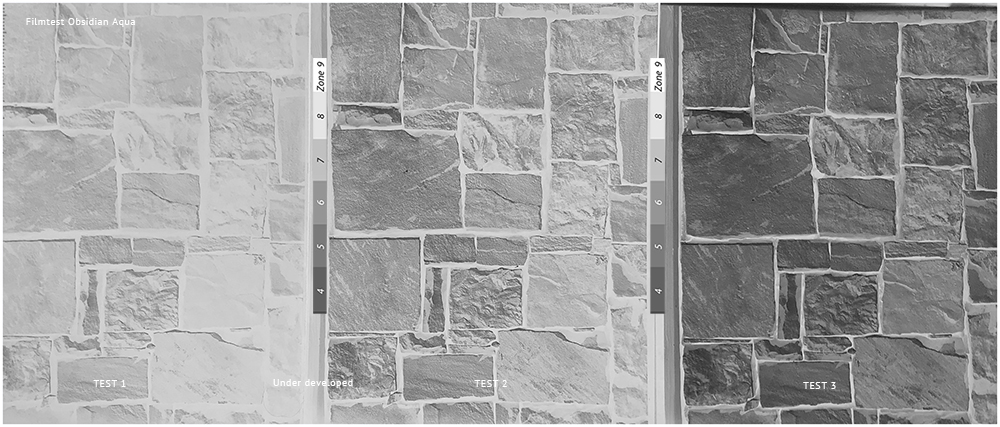
UPDATE: The images above are an iphone scan of the 3 negatives side by side on a light table. I did not adjust contrast or exposure, but converted to B&W and the upper image is inverted, so you can see that test 2 or test 3 could be used. In thinking about what I want out of this developer I may use a mix more like 1.6A + 4B +475W. I probably need to print these to do further evaluation.
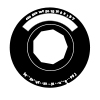
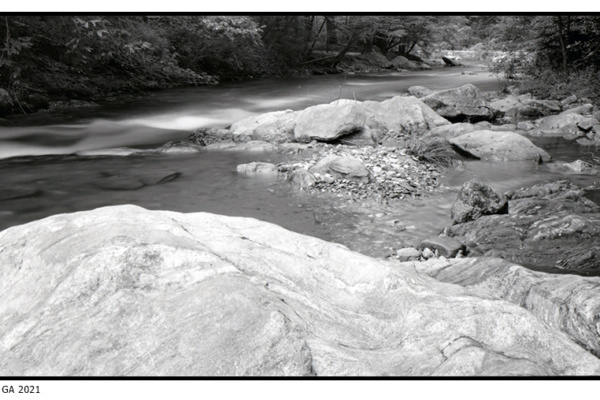
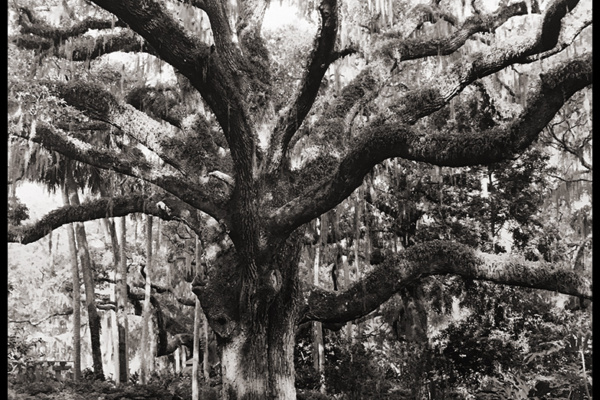
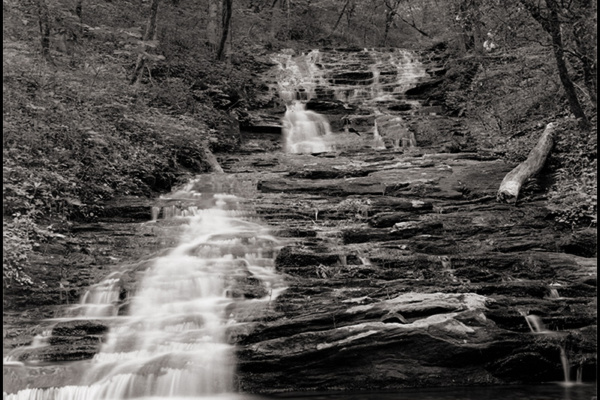
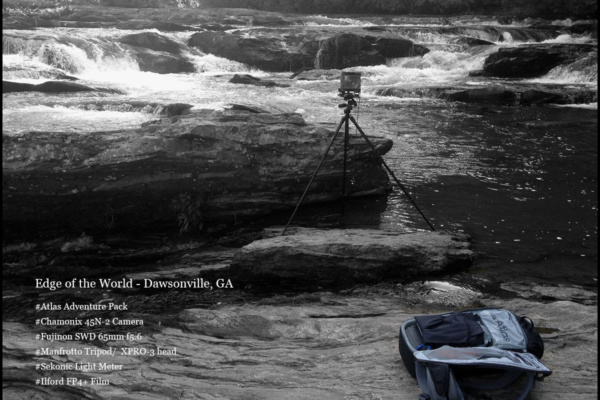
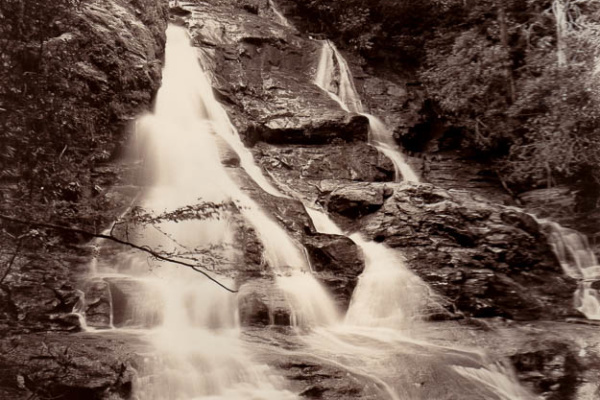
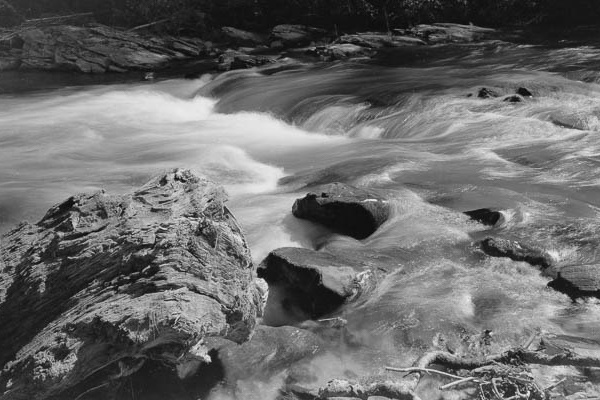
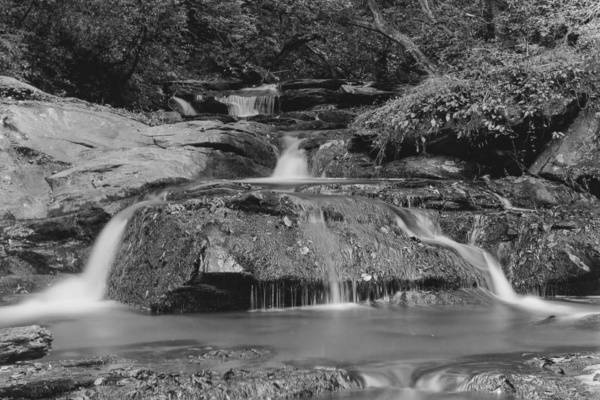
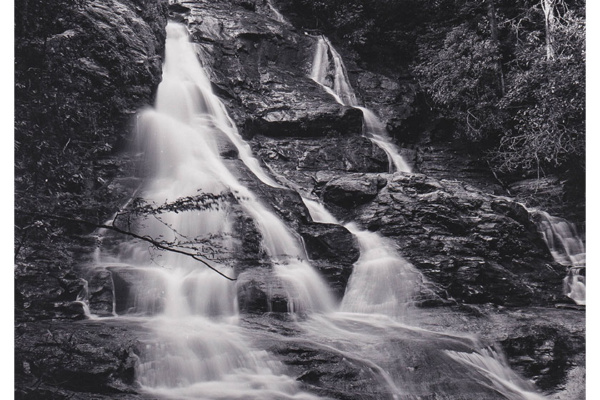
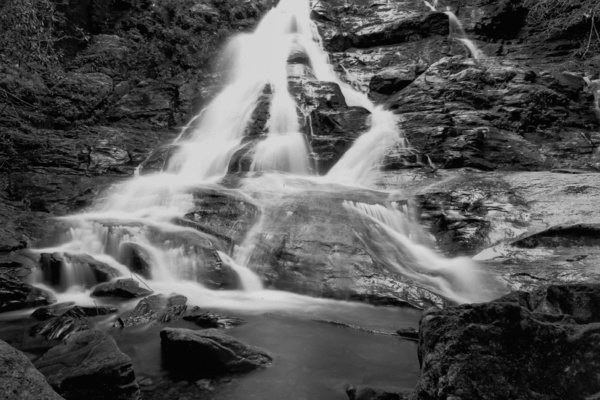
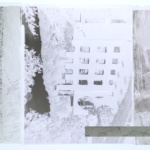 Keeping things fresh
Keeping things fresh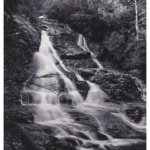 High Shoals Falls Print
High Shoals Falls Print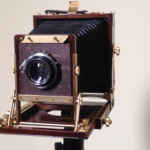 Nagaoka Seisakusho 4×5 Field Camera
Nagaoka Seisakusho 4×5 Field Camera